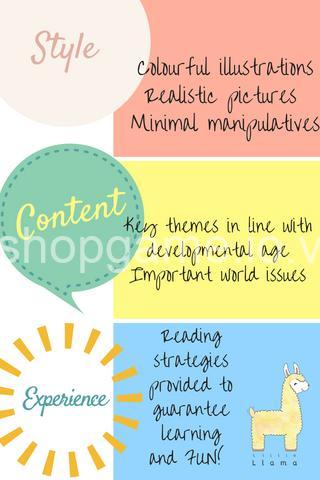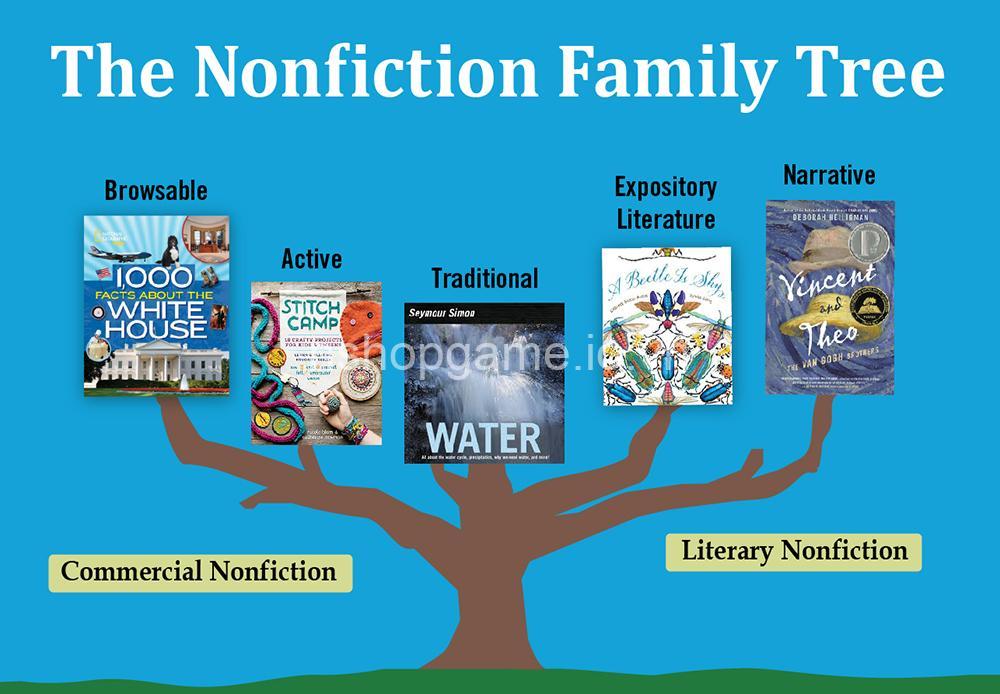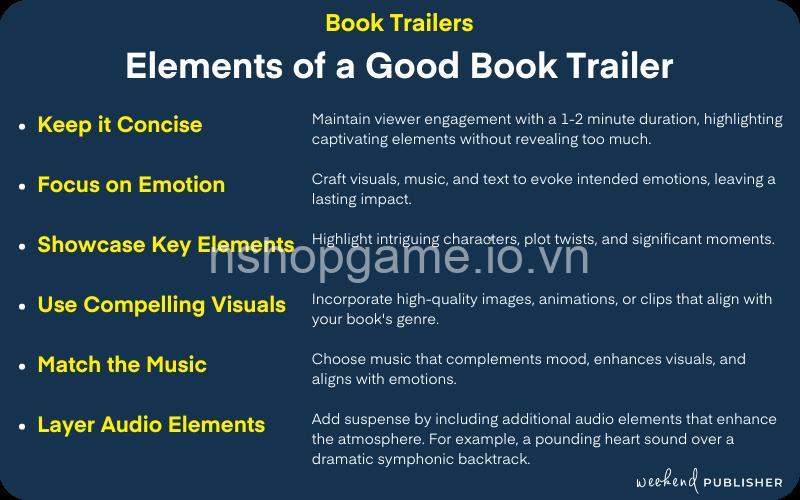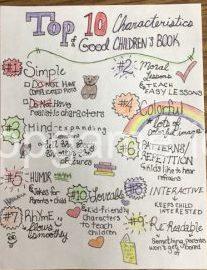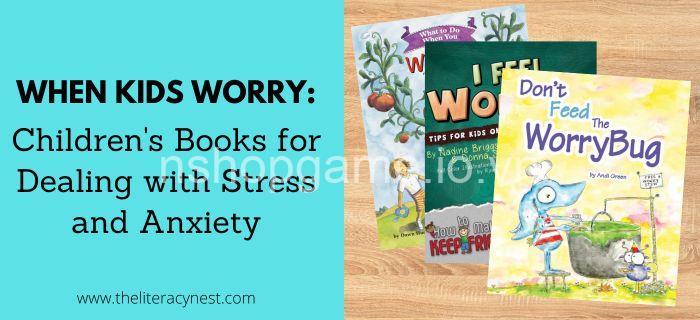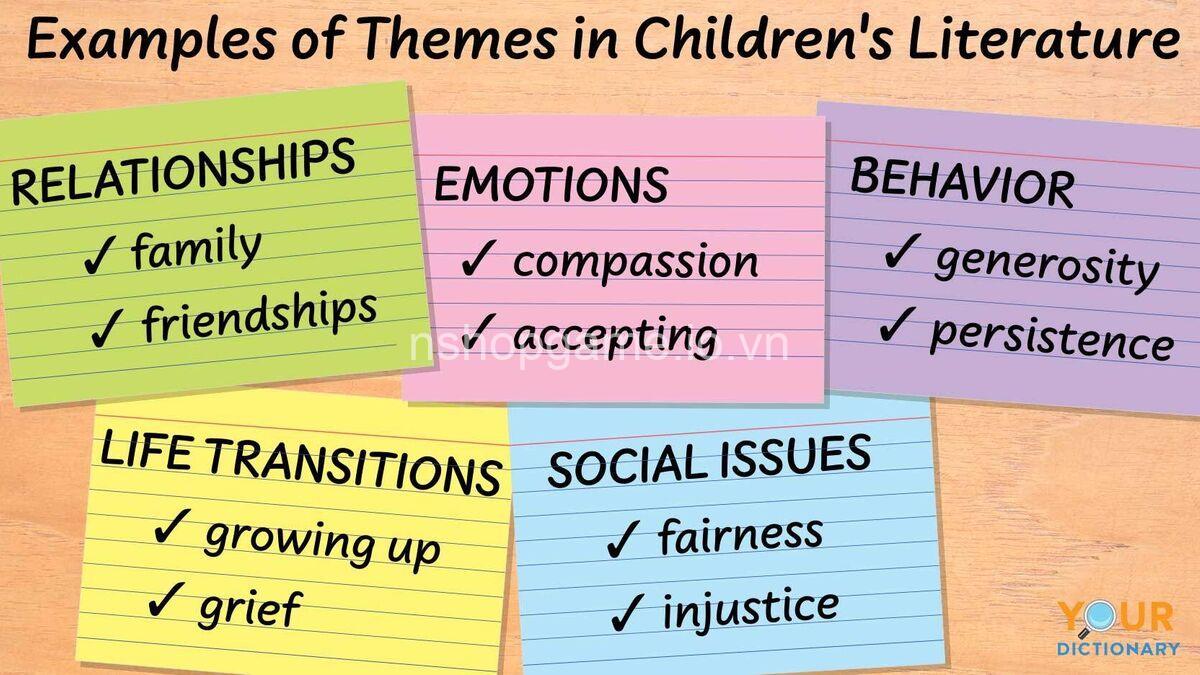Red Flags in Children’s Books: Spotting Harmful Content & More. In today’s article, nshopgame.io.vn will explore with you in the most detailed and complete way. See now!
Identifying Harmful Content in Children’s Books
Every child deserves to enjoy the magic of books without encountering harmful content. Here’s how to identify and avoid potentially problematic material:
Content Analysis for Age Appropriateness:
The first step is to consider the age and developmental stage of the child. Books that are appropriate for older children may contain themes, language, or imagery that are too mature for younger readers. For example, a book with graphic violence or complex emotional themes might be suitable for a teenager but not for a preschooler. Remember, it’s crucial to select books that align with the child’s emotional and cognitive maturity.
Recognizing and Avoiding Stereotypes:
Unfortunately, stereotypes are often embedded in children’s literature, perpetuating harmful generalizations about gender, race, ethnicity, socioeconomic status, or abilities. These stereotypes can impact children’s perceptions of themselves and others. Here are some examples:
- Gender Stereotypes: Books might portray girls as passive and nurturing, while boys are shown as strong and adventurous.
- Racial Stereotypes: Characters of color might be depicted in ways that reinforce negative stereotypes, such as being less intelligent or more prone to criminal activity.
- Socioeconomic Stereotypes: Children from low-income families might be portrayed as less capable or successful.
To avoid these stereotypes, it’s important to choose books that celebrate diversity and inclusivity, portraying characters from different backgrounds with depth and complexity. Look for books that challenge traditional norms and promote understanding and respect for all individuals.
Assessing Violence and Fearful Content:
While some violence or scary content might be appropriate in children’s literature, it’s essential to assess the type and severity of the content. Excessive violence, especially if it’s graphic or gratuitous, can be disturbing and upsetting for children. Similarly, books that feature excessive fear or anxiety can lead to nightmares and anxieties.
Here are some questions to consider:
- Is the violence necessary to the plot, or is it simply gratuitous?
- Does the book provide positive coping mechanisms for dealing with violence or fear?
- Is the violence depicted in a way that is age-appropriate and not overly graphic?
Examining Inappropriate Language and Themes:
It’s important to consider the language and themes of the books you choose, ensuring that they align with the child’s understanding and maturity. Inappropriate language, such as profanity or offensive language, can be confusing and potentially upsetting for young children. Similarly, themes that are too mature, such as sexual content or substance abuse, should be avoided.
Evaluating Unrealistic Portrayals and Limited Representation:
Unrealistic portrayals of characters, settings, or events can create unrealistic expectations and lead to a distorted view of the world. For example, a book that depicts all characters as perfect and successful without any challenges or struggles can be harmful.
It’s equally important to ensure that children are exposed to books with diverse characters and settings that reflect the reality of the world. Limited representation can contribute to feelings of isolation and exclusion among children from marginalized groups.
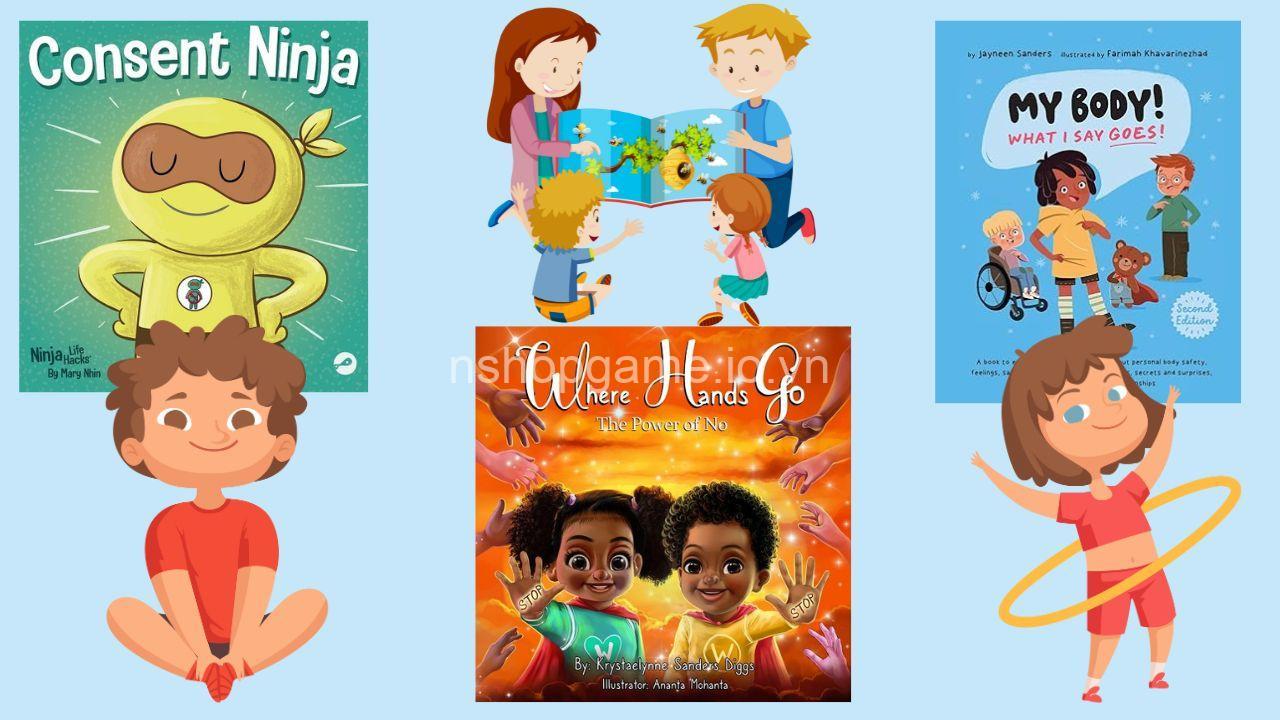
Beyond Content: Examining Style and Presentation
Content is crucial, but the style and presentation of a book can also impact a child’s reading experience. Here’s how to evaluate these aspects:
Assessing Clarity and Engagement:
Children’s books should be written in clear, age-appropriate language that is easy to understand. Unclear language can hinder comprehension and enjoyment. Look for books with engaging plots and characters that keep children interested. Avoid books with overly complicated vocabulary or confusing sentence structures. Remember, a well-written book should flow smoothly and capture the child’s imagination.
Evaluating the Quality of Illustrations:
Illustrations play a vital role in engaging children and enriching their reading experience. High-quality illustrations can bring the story to life, enhancing comprehension and making the book more enjoyable. However, poorly executed or inappropriate illustrations can detract from the reading experience. Look for illustrations that are well-drawn, colorful, and appropriate for the age group.
Considering Educational Value:
While entertainment is important, it’s also beneficial to choose books that offer educational value. Books can provide opportunities for learning new vocabulary, exploring different cultures, expanding knowledge, and fostering critical thinking skills. Look for books that promote positive values and teach valuable lessons about empathy, kindness, and respect.
Building a Toolkit for Responsible Book Selection
Here are some tips for making informed choices about children’s literature:
- Utilizing Resources for Informed Choices: Websites, organizations, and books dedicated to promoting quality children’s literature can be valuable resources. These resources can provide reviews, recommendations, and educational value assessments.
- Encouraging Critical Thinking and Discussion: Engaging in thoughtful discussions about children’s literature with your children can help them develop critical thinking skills. Explore diverse perspectives and critically analyze content together.
- Creating a Culture of Inclusive and Respectful Reading: Reading can foster empathy, understanding, and inclusivity. Choose books that promote positive values and representation.
Beyond the Red Flags: Promoting a Love of Reading
Creating Positive Reading Experiences:
- Make reading a positive and enjoyable experience for children by creating a welcoming and engaging reading environment.
- Encourage interaction with the book by asking questions, discussing characters, and making connections to the child’s own life.
Fostering a Culture of Literacy:
- Promote reading as a valuable skill that can lead to personal growth and success.
- Show children that reading can be fun and rewarding by sharing your own love of books.
Choosing Books that Spark Curiosity and Imagination:
- Select books that inspire curiosity and imagination, encouraging children to ask questions, explore new ideas, and engage in creative thinking.
- Look for books that introduce children to new concepts, perspectives, and cultures, expanding their horizons and nurturing a lifelong love of learning.
What are some common stereotypes found in children’s literature?
Common stereotypes found in children’s literature include gender stereotypes, racial stereotypes, socioeconomic stereotypes, and stereotypes about ability. These stereotypes can perpetuate harmful generalizations about different groups of people.
What are some examples of books that contain inappropriate language or themes?
Books that contain profanity, offensive language, sexual content, or themes of substance abuse are examples of books that may be considered inappropriate for children. It’s important to consider the age and maturity level of the child when evaluating the appropriateness of language and themes.
What are some ways to ensure that children are exposed to books with diverse characters and settings?
To ensure that children are exposed to books with diverse characters and settings, parents, educators, and librarians can choose books that feature characters from different backgrounds, cultures, abilities, and socioeconomic statuses. They can also look for books that explore different perspectives and challenge traditional norms.
What are some resources for finding book reviews, recommendations, and educational value assessments?
There are many resources available for finding book reviews, recommendations, and educational value assessments. Some helpful resources include websites like Common Sense Media, Goodreads, and the American Library Association (ALA) website. These resources can provide parents, educators, and librarians with information to make informed choices about children’s literature.
Conclusion
Choosing the right books for children is an essential aspect of nurturing their development. By being aware of the red flags in children’s literature and actively seeking out books that promote positive values, diversity, and inclusivity, you can ensure a safe and enriching reading experience for your child.
Continue the conversation by leaving a comment, sharing this article, or exploring more resources on our website, nshopgame.io.vn.

